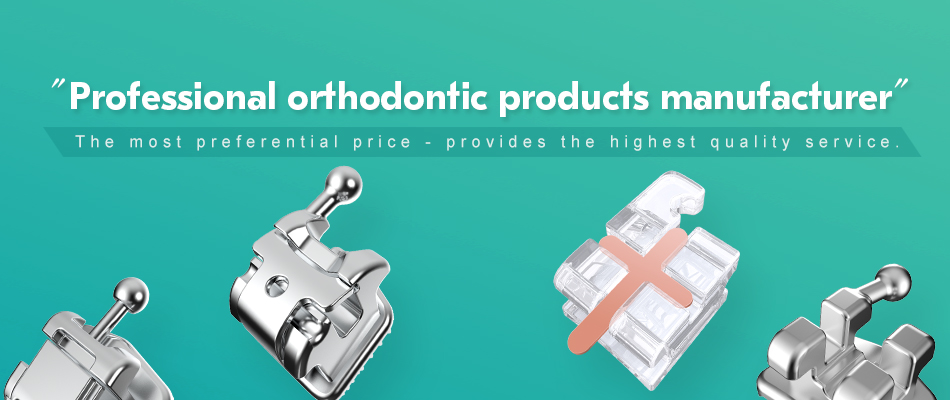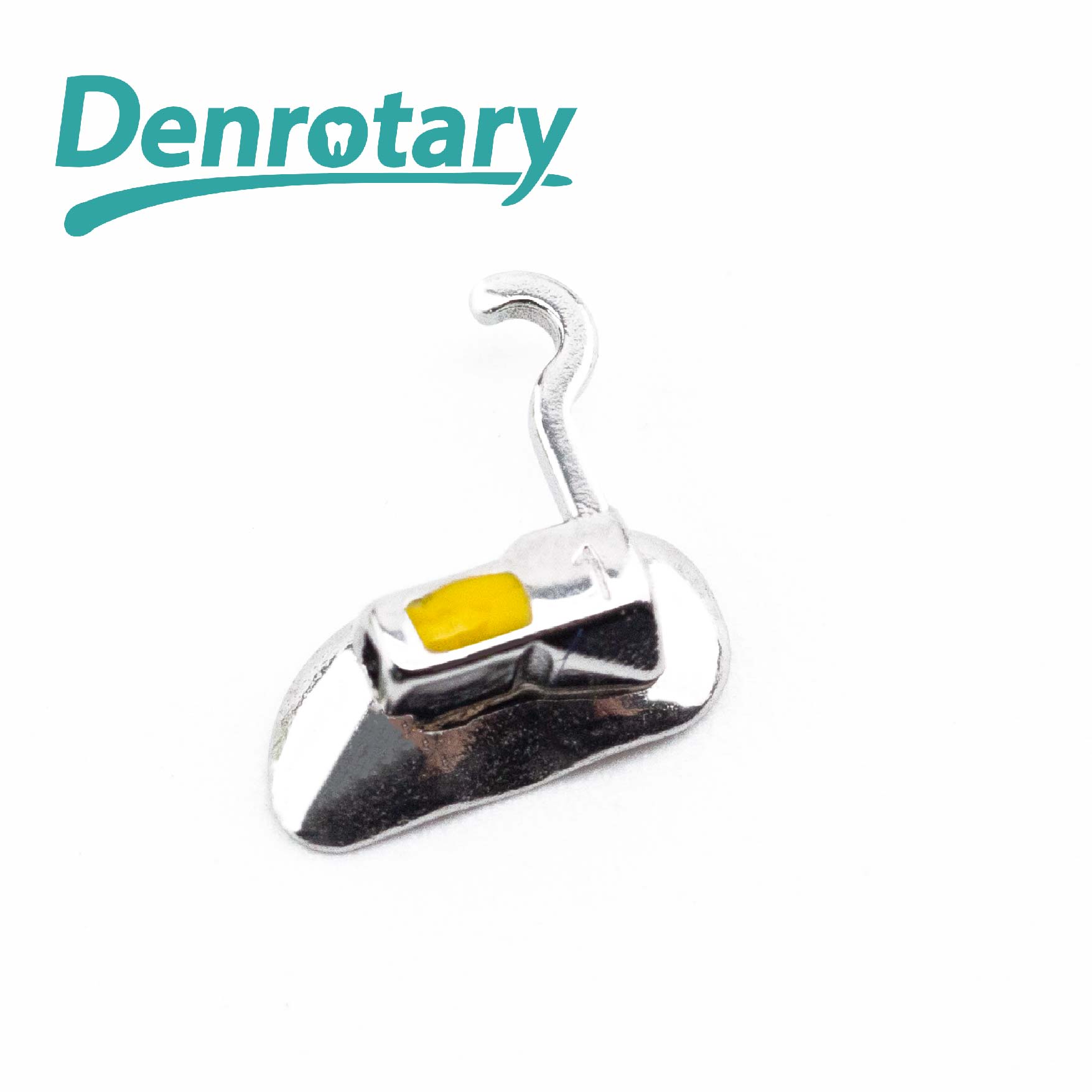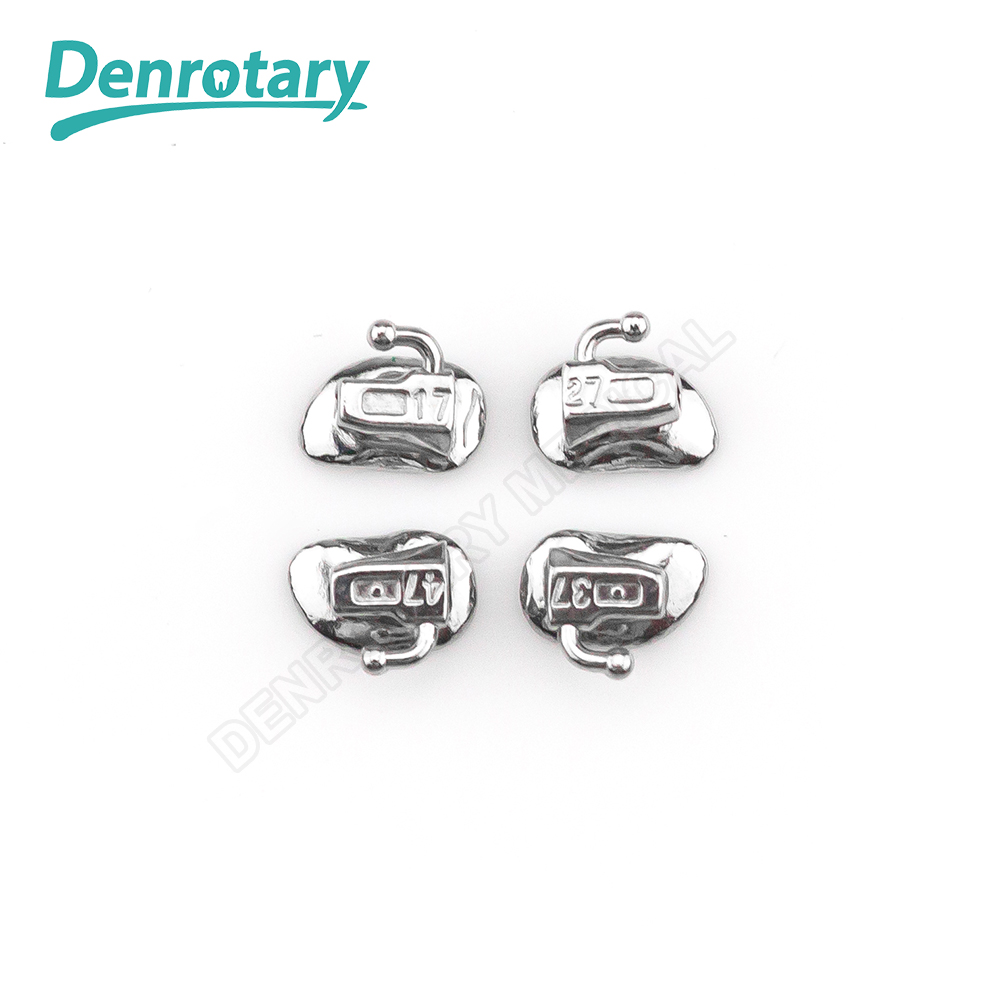Advanced self-ligating orthodontic buccal tubes play a crucial role in modern orthodontics. They streamline treatment processes, enhancing efficiency for orthodontic suppliers. As the demand for innovative orthodontic solutions grows, these orthodontic buccal tubes stand out in the competitive market landscape, offering improved outcomes for both practitioners and patients.
Key Takeaways
- Advanced self-ligating buccal tubes streamline orthodontic treatment, reducing the need for traditional ligatures and allowing for quicker adjustments.
- These tubes enhance patient comfort with smooth edges and a self-ligating feature that applies gentle pressure, making treatment more pleasant.
- Offering a variety of sizes and customization options helps orthodontic suppliers meet diverse patient needs, improving treatment outcomes.
Technical Specifications of Orthodontic Buccal Tubes
Material Types
Orthodontic buccal tubes are primarily made from two types of materials: stainless steel and ceramic. Each material offers distinct advantages.
- Stainless Steel: This material is known for its durability and strength. It withstands the forces exerted during orthodontic treatment. Stainless steel tubes are also resistant to corrosion, making them a reliable choice for long-term use.
- Ceramic: Ceramic buccal tubes provide a more aesthetic option. They blend well with natural tooth color, making them less noticeable. However, they may not be as strong as stainless steel. Practitioners often choose ceramic tubes for patients concerned about aesthetics.
Design Innovations
Recent advancements in the design of orthodontic buccal tubes have significantly improved their functionality. Key innovations include:
- Self-Ligating Mechanisms: These mechanisms eliminate the need for traditional ligatures. They allow for easier adjustments and reduce friction during treatment. This innovation enhances the overall efficiency of orthodontic procedures.
- Contoured Shapes: Modern buccal tubes often feature contoured designs that fit the anatomy of the molars better. This design minimizes discomfort and improves the overall fit. A well-fitted tube can lead to more effective tooth movement.
- Integrated Features: Some advanced designs incorporate features such as built-in hooks for elastic attachments. This integration simplifies the orthodontic process and reduces the number of components needed.
Size and Fit Considerations
Proper sizing and fit are critical for the effectiveness of orthodontic buccal tubes. Factors to consider include:
- Molar Size Variability: Molar sizes can vary significantly among patients. Suppliers must offer a range of sizes to accommodate different anatomical variations. This ensures that orthodontic buccal tubes fit securely without causing discomfort.
- Customization Options: Some manufacturers provide customization options for orthodontic buccal tubes. This allows practitioners to select specific dimensions based on individual patient needs. Customization can enhance treatment outcomes and patient satisfaction.
- Ease of Placement: The design should facilitate easy placement and removal. Tubes that are difficult to place can lead to delays in treatment and increased patient discomfort.
By understanding these technical specifications, orthodontic suppliers can better meet the needs of practitioners and their patients.
Advantages of Advanced Self-Ligating Buccal Tubes
Reduced Treatment Time
Advanced self-ligating buccal tubes significantly reduce treatment time for orthodontic patients. The self-ligating mechanism allows for quicker adjustments compared to traditional ligature systems. Practitioners can make changes without the need for additional ligatures, streamlining the process. This efficiency leads to fewer appointments and shorter overall treatment durations.
- Fewer Office Visits: Patients benefit from reduced chair time. This convenience enhances patient satisfaction and compliance with treatment plans.
- Faster Tooth Movement: The design of these tubes minimizes friction, allowing teeth to move more freely. This results in quicker alignment and improved outcomes.
Enhanced Patient Comfort
Comfort is a critical factor in orthodontic treatment. Advanced self-ligating buccal tubes prioritize patient comfort through their innovative design.
- Smooth Edges: The contoured shapes of these tubes reduce irritation to the cheeks and gums. Patients experience less discomfort during treatment.
- Less Pressure: The self-ligating feature allows for a more gentle application of force. This reduces the pressure on teeth, making the overall experience more pleasant for patients.
Tip: Practitioners should emphasize the comfort benefits of advanced self-ligating buccal tubes when discussing treatment options with patients.
Improved Aesthetic Appeal
Aesthetic considerations play a significant role in orthodontic treatment, especially among adult patients. Advanced self-ligating buccal tubes offer a more discreet option compared to traditional metal brackets.
- Ceramic Options: Many suppliers provide ceramic buccal tubes that blend seamlessly with natural tooth color. This feature appeals to patients who prefer a less noticeable orthodontic solution.
- Minimal Visibility: The sleek design of self-ligating tubes contributes to a more aesthetic appearance. Patients can feel confident during their treatment without drawing attention to their orthodontic appliances.
Disadvantages and Challenges of Orthodontic Buccal Tubes
Cost Implications
Advanced self-ligating buccal tubes often come with higher price tags compared to traditional options. This cost can pose challenges for both orthodontic suppliers and practitioners. Suppliers must balance pricing strategies to remain competitive while ensuring quality. Practitioners may face budget constraints when selecting these innovative products.
- Higher Initial Investment: Many practices may hesitate to invest in advanced systems due to upfront costs.
- Insurance Limitations: Some insurance plans may not cover the additional expenses associated with self-ligating systems.
Learning Curve for Practitioners
Adopting advanced self-ligating buccal tubes requires practitioners to undergo training. This learning curve can lead to initial inefficiencies in practice.
- Training Requirements: Practitioners must familiarize themselves with new techniques and adjustments.
- Time Investment: The time spent learning can delay the implementation of these systems in practice.
Tip: Suppliers should offer comprehensive training programs to help practitioners transition smoothly to advanced self-ligating systems.
Compatibility with Existing Systems
Compatibility issues can arise when integrating advanced self-ligating buccal tubes into existing orthodontic setups.
- Equipment Adjustments: Some practices may need to modify their equipment to accommodate new tube designs.
- System Integration: Ensuring that these tubes work seamlessly with current brackets and wires can be challenging.
Orthodontic suppliers should consider these factors when promoting advanced self-ligating buccal tubes. Addressing these challenges can enhance the overall adoption and success of these innovative products in the market.
Clinical Applications of Orthodontic Buccal Tubes
Case Studies
Numerous case studies demonstrate the effectiveness of advanced self-ligating buccal tubes in various orthodontic treatments. For instance, a study involving adolescents showed significant improvements in alignment and reduced treatment duration. Patients experienced fewer appointments, leading to higher satisfaction rates.
Patient Selection Criteria
Selecting the right patients for advanced self-ligating buccal tubes is crucial. Practitioners should consider the following criteria:
- Age: Younger patients often respond better to orthodontic treatment.
- Severity of Malocclusion: More complex cases may benefit from the efficiency of self-ligating systems.
- Patient Compliance: Patients who follow treatment plans tend to achieve better outcomes.
Long-term Outcomes
Long-term studies indicate that patients treated with advanced self-ligating buccal tubes often maintain their results. Research shows that these tubes contribute to stable occlusion and improved dental health over time. Additionally, patients report higher levels of comfort and satisfaction with their treatment experience.
Tip: Practitioners should monitor long-term outcomes to assess the effectiveness of advanced self-ligating buccal tubes in their practices. Regular follow-ups can help identify any issues early and ensure optimal results for patients.
By understanding these clinical applications, orthodontic suppliers can better support practitioners in delivering effective treatments.
Advanced self-ligating buccal tubes significantly enhance orthodontic treatment. Their innovative designs improve efficiency and patient comfort. Key features include durable materials, self-ligating mechanisms, and customizable sizes. Suppliers should focus on offering a diverse range of these orthodontic buccal tubes to meet varying patient needs and preferences.
FAQ
What are advanced self-ligating buccal tubes?
Advanced self-ligating buccal tubes are orthodontic appliances that use a self-ligating mechanism to hold archwires, improving treatment efficiency and patient comfort.
How do these tubes reduce treatment time?
These tubes allow for quicker adjustments without traditional ligatures, leading to fewer appointments and faster tooth movement.
Are there any specific patient considerations for using these tubes?
Practitioners should evaluate patient age, malocclusion severity, and compliance to determine suitability for advanced self-ligating buccal tubes.
Post time: Sep-23-2025





